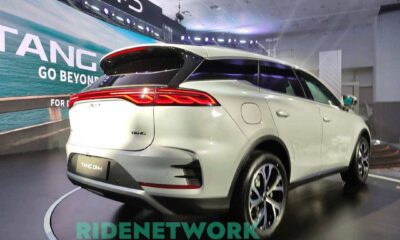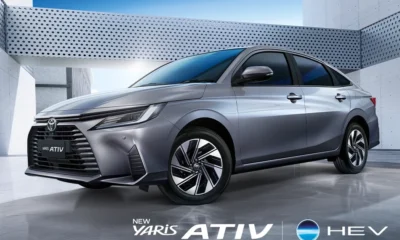Commentary
QC Goes All Out in One-Time Big-Time Street Cleanup

Quezon City went full force on August 8, 2025, with a large-scale “One-Time Big-Time” operation along G. Araneta Avenue, from Kaliraya Street to Palanza Street. The city aimed to keep roads clear, ease traffic, and prevent flooding caused by clogged drainage and obstructions.

The drive started at 8:00 a.m. and targeted several problem areas:
- Clearing streets and canals filled with garbage
- Removing illegal street dwellers
- Taking out road and sidewalk obstructions
- Towing illegally parked vehicles
- Issuing tickets to ordinance violators
The coordinated effort brought together the Traffic and Transport Management Department (TTMD), Department of Public Order and Safety (DPOS), District Sanitation and Quality Control (DSQC), Metropolitan Manila Development Authority (MMDA), Quezon City Police District (QCPD), Social Services Development Department (SSDD), Public Employment Service Office (PESO), and Quezon City Disaster Risk Reduction and Management Office (QCDRRMO), with support from local barangays.
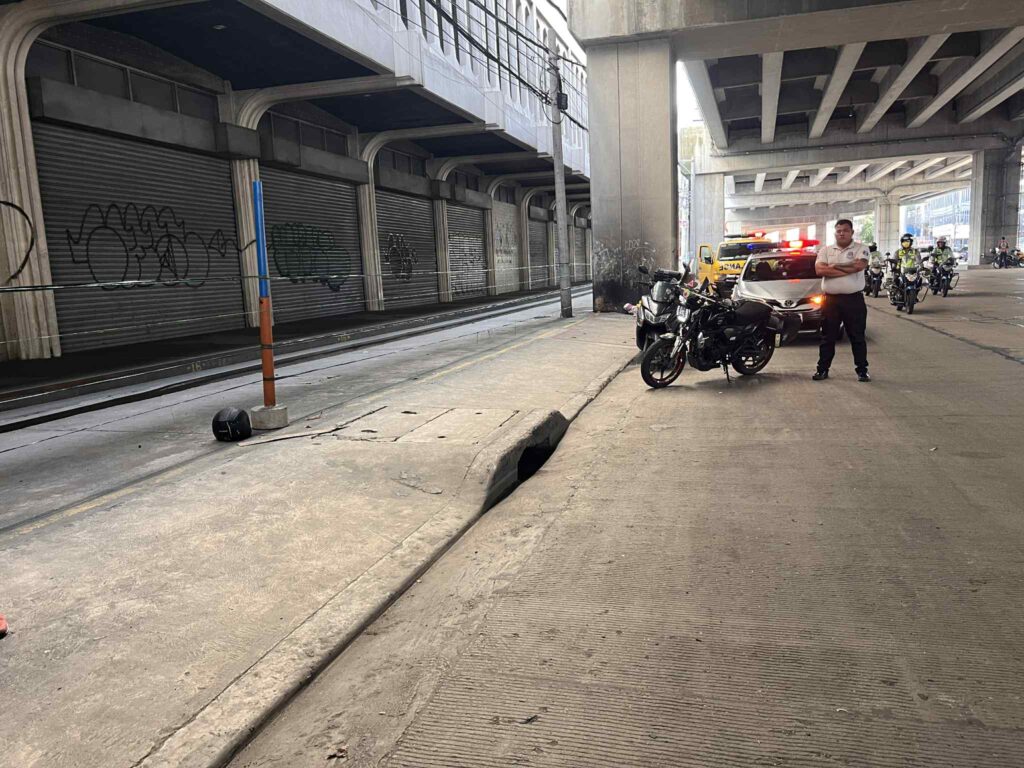
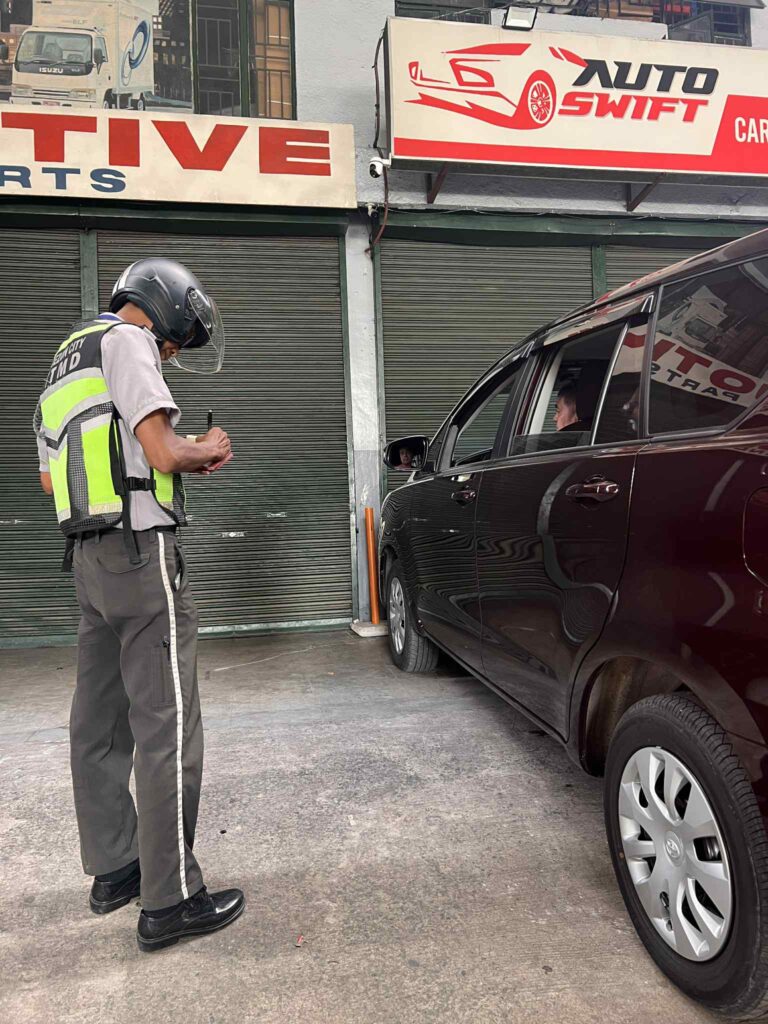


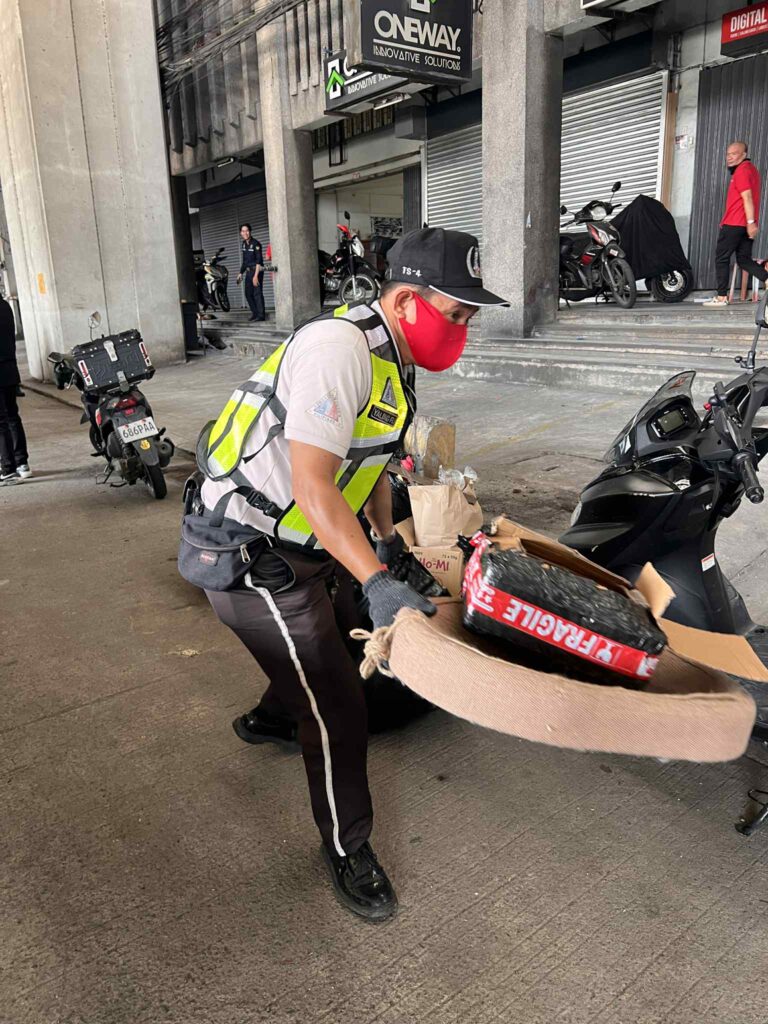
City officials who oversaw the operation included TTMD Head Dexter C. Cardenas, DPOS Clearing and Demolition Chief Remigio B. Gregorio, former District 1 councilor Ollie Belmonte, District IV Action Officer Atty. Zandy Zacate, and MDAD Head P/Col Alex D.J. Alberto (Ret.) PhD.
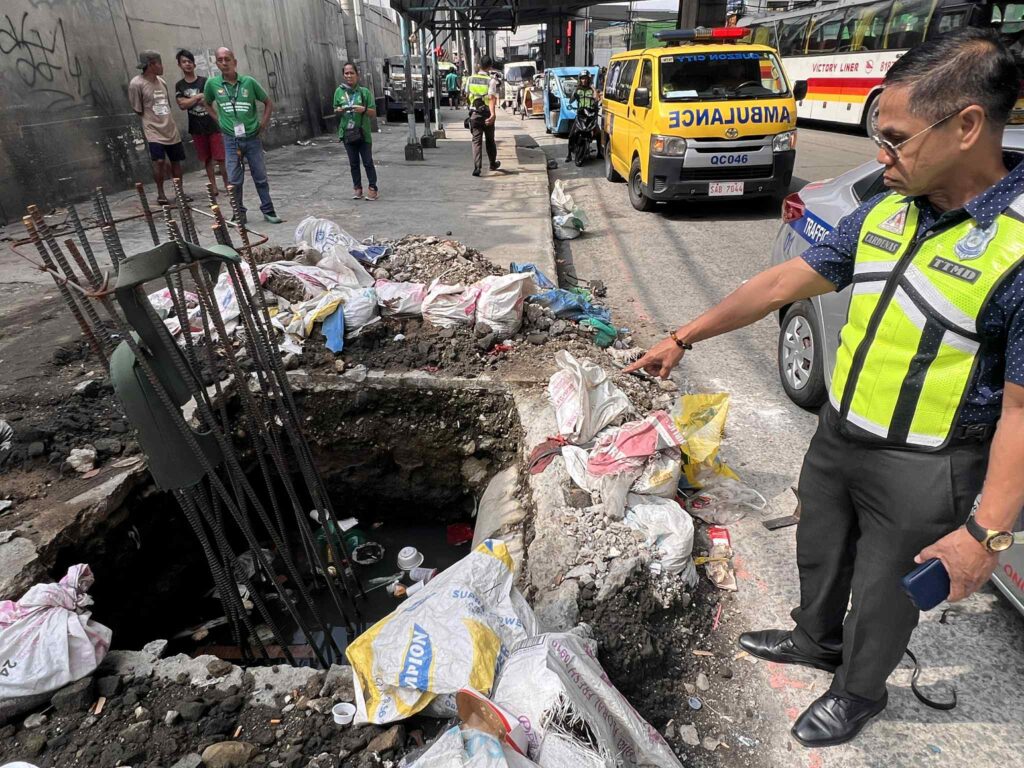



This was a follow-up to an earlier clearing operation held on August 6, 2025.
The city reminded residents to keep surroundings clean, avoid littering, and follow local laws. Officials stressed that discipline is a shared responsibility—not just the government’s job.
Commentary
Jetour Puts Pets in the Spotlight at Annual Media Pet Day

The sound of playful barks and happy laughter filled Barkhaus Eastwood as Jetour Auto Philippines, Inc. (JAPI) hosted its second Annual Media Pet Day on August 20, ahead of International Dog Day. The gathering brought together media friends, their pets, and the Jetour family for an afternoon celebrating companionship and responsible pet ownership.

Far from the usual motoring affair, the event highlighted JAPI’s belief that family includes furry members as well. It also gave the company a chance to strengthen ties with the media in a relaxed and personal setting.
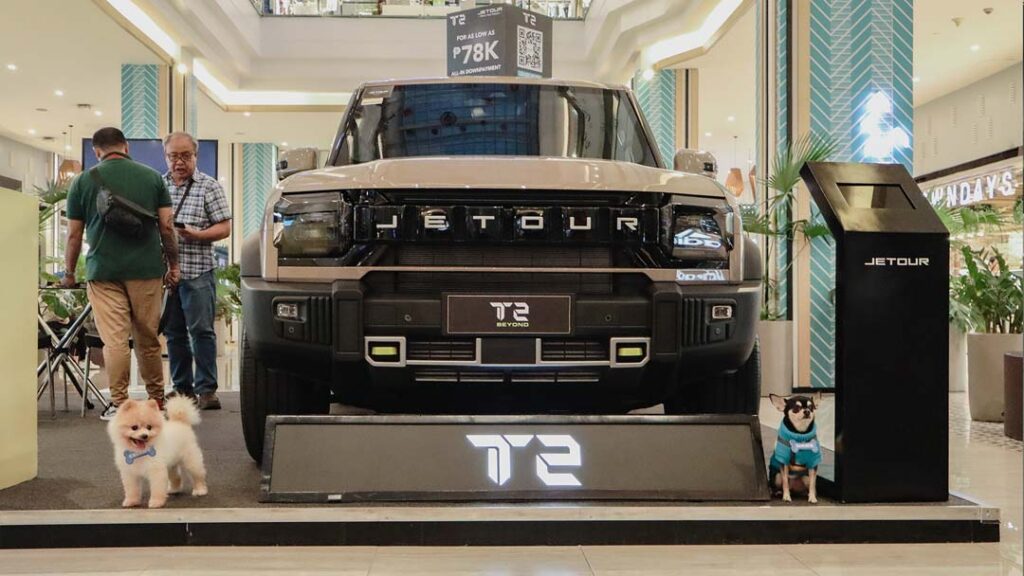
The celebration featured fun contests, interactive sessions, and plenty of activities for both humans and pets. With its pet-friendly setup, Barkhaus Eastwood proved to be an ideal venue for socializing, bonding, and sharing stories among fellow animal lovers.

For Jetour, the day reflected its wider mission: building connections and communities that go beyond cars. Marketing Director Cherry May Moreno-De Los Santos expressed joy at seeing both familiar and new faces return for what is becoming a beloved tradition. “Much like the lifelong relationship we have with our pets, we want Jetour’s bond with our customers to be one of trust, loyalty, and joy,” she said.

To extend the celebration to the public, Jetour also held a vehicle display at Eastwood Mall, showcasing its current lineup, including the sporty Dashing series, the family-sized 7-seater X70, and the rugged T2 4×4 SUV.

The event reinforced Jetour’s message: journeys are not just about destinations, but also about the bonds and memories made along the way. True to that spirit, all Jetour dealerships across the country remain pet-friendly, welcoming families to shop for their next car without leaving their furry companions behind.
Commentary
PUBLIC ADVISORY: LTO-NCR Official Website

Official Website of LTO National Capital Region
The Land Transportation Office – National Capital Region (LTO-NCR) reminds the public to visit and use only its official website:
👉 https://www.ltoncr.com
Here are the available online services:
🔹 Plate Inquiry
- Replacement Plate (Green to White Plate)
- New Motor Vehicle and Motorcycle Plates (Released to Dealers)
- Backlog Motorcycle Plates
🔹 Driver’s License (DL) Card Inquiry – Backlog DL Cards
🔹 Announcements
🔹 Citizen’s Charter
🔹 Certificate of Registration (CR) Inquiry
🔹 Messenger Channel
✅ Always check the official website and channels for accurate updates and information.
Commentary
MMDA Backs Digital Monitoring System for Flood Control

Pasay City — The Metropolitan Manila Development Authority (MMDA) expressed its full support for the use of digital tools in monitoring flood control projects with the launch of the Flood Control Project Components (FCPC) under the Digital Information for Monitoring and Evaluation (DIME) initiative on Thursday at the Tripa de Gallina Pumping Station.

MMDA Chairman Atty. Don Artes, in his welcome remarks, said the system will play a vital role in addressing flooding, one of the biggest problems in Metro Manila. He noted that DIME makes it easier to determine if a project is working, allowing government to act faster and provide better protection for communities.

“This will ensure safety and well-being while promoting transparency,” Artes said, adding that the step is in line with President Ferdinand R. Marcos Jr.’s directive to digitize government processes and guarantee that public funds directly benefit the people.

The Department of Budget and Management (DBM) leads the program, which incorporates advanced technology such as satellite imaging, drones, and geotagging to track the progress of major government infrastructure projects.

DBM Secretary Amenah Pangandaman highlighted the importance of public involvement, encouraging citizens to share their input on projects under DIME.
The launch also included the signing of a Memorandum of Understanding with various agencies: the Department of Transportation, Department of Information and Communications Technology, Department of Education, Department of Public Works and Highways, National Mapping and Resource Information Authority, Philippine Space Agency, and the Government Data Initiative.


Pasay City Mayor Emi Calixto-Rubiano, UP-NOAH Center Director Mahar Lagmay, and representatives from civil society groups joined the event to show their support.





